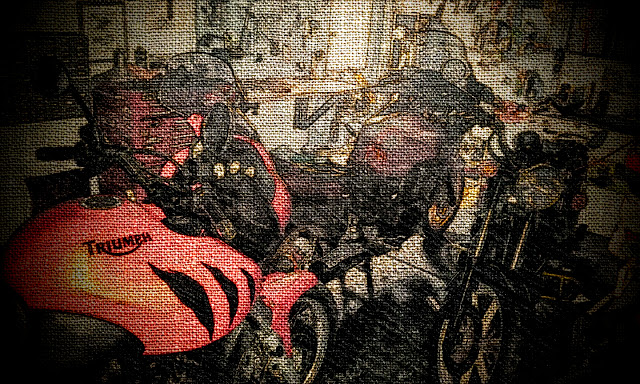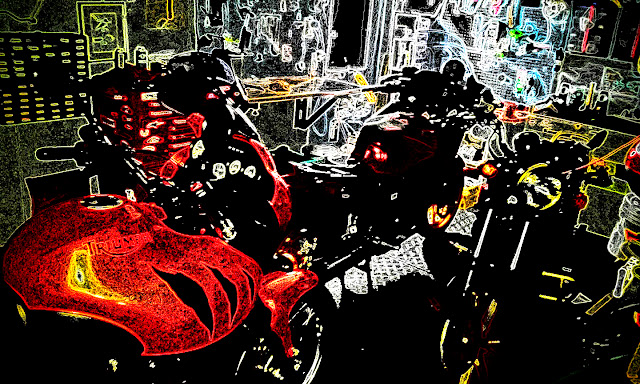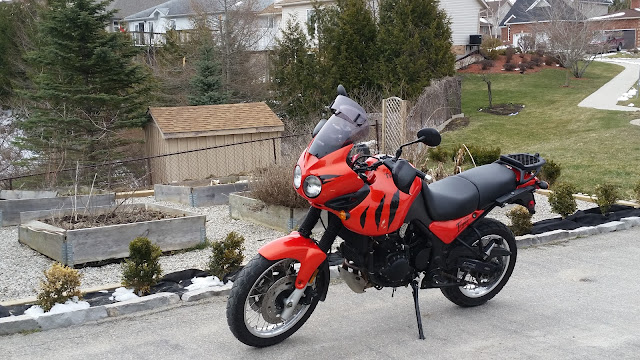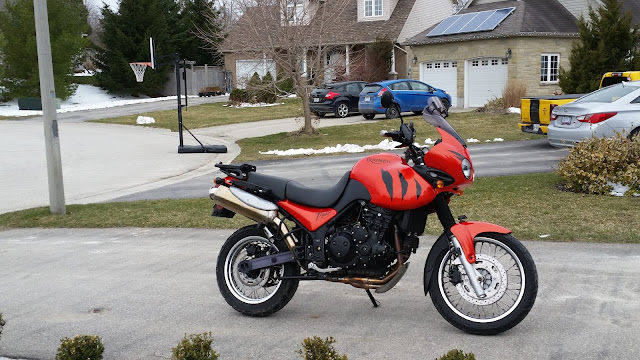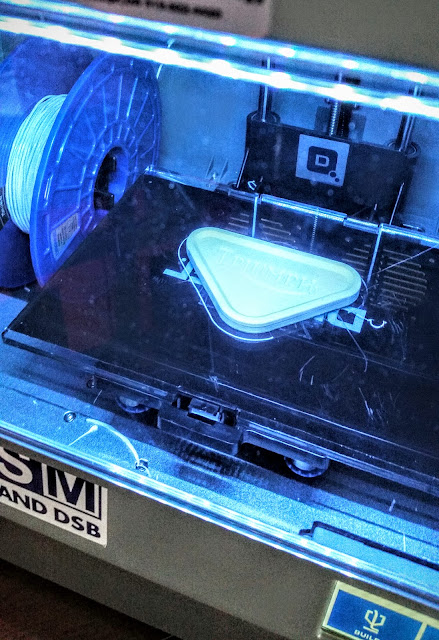Some notes:
College isn’t what it used to be. Since grade 13 was removed from Ontario schools, colleges have stepped in to assist students in working out pathways, especially if they lacked direction and/or maturity in high school. Maturity came up continuously throughout the day. Many students do not do poorly in high school because of anything the high school process did or didn’t do, they do poorly because they are not yet mentally mature enough yet to recognize the importance of the (poor) choices they were making.
Tim note: You can try and base this on brain development, but history would prove you wrong; we are capable of maturing more quickly than we do, we choose not to. We teach and parent to discourage maturity (taking responsibility for our decisions) because:
1) it’s cheaper to create a factory school environment if you limit personal choice. Personal choice doesn’t fit well in a small room with 32 students crammed into it.
2) the school system does as much to fight unemployment as anything in society – keeping students in school until they’re 18 isn’t necessarily for their own good, but it’s a great way to keep a disenfranchised age group out of the work force and away from voting citizen’s jobs.
3) we spend a lot of money trying to prevent people from making mistakes they choose to make, it looks like we’re saving money if we’re keeping a high risk population in semi-lockup
Legal note: I reserve the right to play with ideas in writing that I may not entirely agree with just to see what they look like on paper.
Notes Continue:
A number of students were on hand for an open, panel discussion, many of them seemed to support this belief (needing maturity and time to get on track – the fundamentals programs offer them this space in a guidance/portfolio building course of study).
Bachelor of Arts students, in the vast majority of cases, never recoup the costs of their degree program in terms of costs and earnings lost. Colleges focus on job preparedness and marketable skills. To that end, they aim to serve a much wider range of students than universities do.
Conestoga was careful not to vilify universities, they merely serve a different sort of post secondary student.
Tim note: I didn’t go to university to gain marketable skills, I went to university to gain a deep understanding of my disciplines. I quit a lucrative job to go to university, a job that provided me with an apprenticeship, marketable skills and on-the-job training. Do businesses not do this any more? When did employee training get downloaded onto the employee through government sponsored college programs? Do businesses do *ANYTHING* other than serve their own profitability any more? Yet another example of how business keeps removing itself from anything remotely socially redeeming, but I digress…
Another theme that came up again and again was: Realistic Goals & Expectations.
In all Conestoga courses there is a zero tolerance for lateness and absence. Most degree/diploma programs have very low (under 10%) drop out rates. The fundamentals courses, courses they put students into who did not meet the requirements for specific diploma courses they had applied to, have higher dropout rates (about 1/3 don’t finish).
A diploma specific course (graphic design, advertising, etc) typically receives 2-300 applications for 35 positions. If students meet academic requirements (65/55 in Eng4C/4U for fundamentals courses, 70/60 in Eng4C/4U English for diploma courses) they are invited for a 10 minute interview in which they show 15 diverse pieces from their portfolio. Top students gain admission.
Tim note: Interesting student story (I paraphrase): “I didn’t pass the academic requirements, so I had to take an admissions test, I failed it by a couple of percent each time (I’m curious at what level the test is pitched). I could have done better in English, I just kept skipping and couldn’t be bothered.”
Hey sparky, the test scores suggest that you couldn’t have done better in English, I’m assuming you actually showed up and tried on the college entry tests. You failed a standardized admissions test… twice, know why? Because you don’t get better at English by suddenly deciding to try. It’s a set of skills built up over many years. Student who tell me in 3U/3C that – Oh, I’ll just turn it on next year – don’t have anything to turn on, they don’t know what they’re doing… which reminds me of this.
Something to keep in mind: if you give a student a 60% in Eng4C, you’ve just denied them direct access to even fundamentals programs at the college level. They would have to take make up courses to gain admission. I suspect most students have no idea what the expectations for access are.
Setting a real world standard of competency allows Conestoga to focus resources on committed students. What a wonderful world they live in. And students (even the dropouts) pay cash for this process.
Students all said that they wished: “high school teachers had taught them better time management… had pushed for strict time limits and deadlines…”
Tim note: this initially made me angry with the lala land that we deliver to high school students. We are not allowed/are heavily restricted in how we can grade according to time management competency. I often see teachers being required to mark projects months late, sometimes after the course has actually ended. They usually stink, which makes the whole process even worse. After some reflection, I realized that college can pitch like this because their mandate allows them to shake out the weak/uncommitted students.
From a high school point of view, we don’t get the luxury of getting to shake out the bottom third of students and then focus our resources on the top two thirds. Like college, we’d have a much higher technology to student ratio and a fantastic pass rate if we could do this, but we need to serve the entire population.
IT Management and technology access at the college was very impressive, what you wished you had in public school really. Teachers have detailed and specific control over internet access. They can block sites, time access (only full access for the first 20 minutes, then the system focuses on the software and web access you need to do class specific work. Mac labs were at least as common as PC labs in the media wing, no Window-centric/simplified public school IT going on here.
Tim note: by the time it was over I was trying to get a grasp on what education looks like in Ontario in 2011. That may not be entirely accurate, but based on what I’ve seen, it’s certainly the direction we appear to be going.
One of the comments made was, “we try to do these events so that teachers, many of whom have never been on a college campus, know what it is that the next steps are for the majority of students they work with.” A nice way to say that having a school system run almost entirely by people invested in the least popular form of post secondary education might not be the best idea. I really hope teacher’s colleges and the profession in general starts to look a ways to find good, flexible candidates from many life experiences that can provide more than just a primary focus on academics.


















